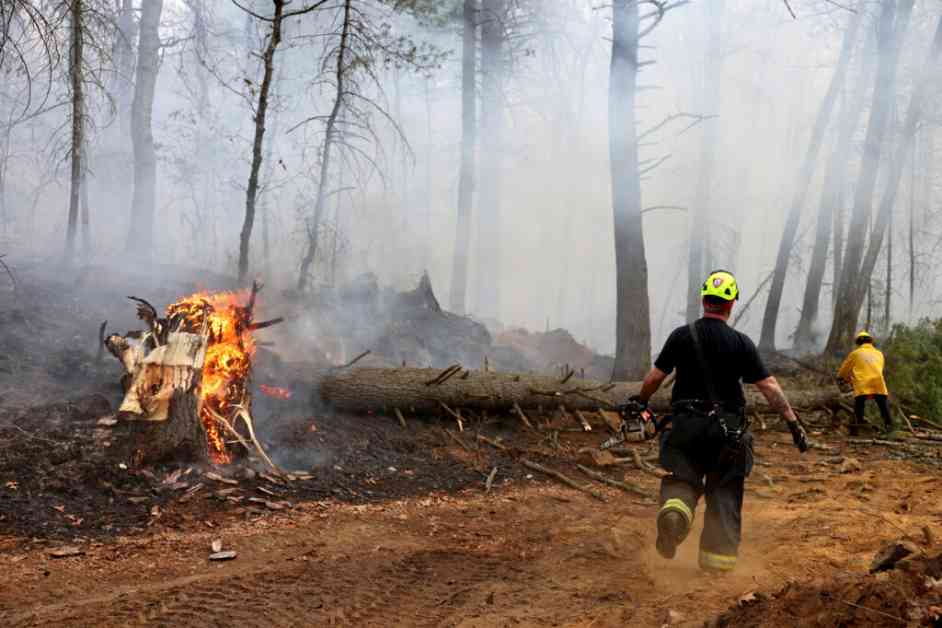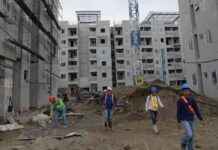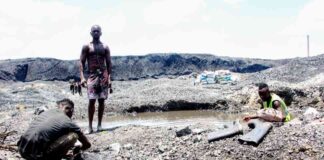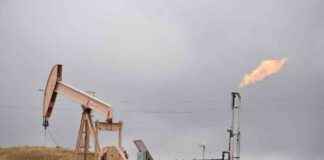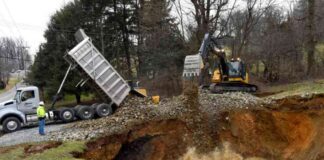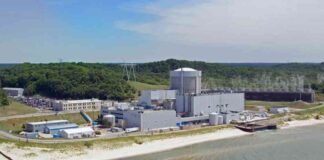Decades have passed since the Northeast was last engulfed by a devastating wildfire season, but the specter of another catastrophic event looms large. In 1947, deadly blazes tore through Bar Harbor, Maine, leaving a trail of destruction in their wake. The fires raged for over a month, displacing thousands of residents and scorching 220,000 acres of land. In response to this tragedy, the Northeastern Forest Fire Protection Compact (NFFPC) was established, uniting all six New England states and New York to mitigate the risk of future wildfires.
Fast forward to January, where 135 members of the coalition convened in South Portland, Maine, against the backdrop of a new era of volatility. Just months prior, drought and wildfires had ravaged parts of the region, while Los Angeles grappled with uncontrolled wildland-urban blazes. Dave Celino, chief fire warden for Massachusetts’ Department of Conservation and Recreation, reflected on the unusual confluence of factors that set the stage for a potentially devastating fire season.
Drought This Fall: Unveiling Unforeseen Challenges
As the Northeast grappled with record-low rainfall in the fall, vegetation across the region dried to a crisp, creating a tinderbox primed for disaster. In October and November, small pockets of wildfires ignited, with incidents ranging from brush fires in Lynn Woods near Boston to larger-scale blazes along the New Jersey-New York border. Tragically, one volunteer firefighter lost his life battling the flames, underscoring the grave risks posed by these infernos.
Michael Rawlins, a climate scientist at the University of Massachusetts Amherst, highlighted the anomalous nature of the 2024 fall season, noting the stark departure from the region’s historical rainfall patterns. Climate models project increased rainfall for the Northeast in the coming years, but the road ahead remains fraught with uncertainty. The lingering effects of the drought, coupled with the region’s susceptibility to extreme weather events, paint a precarious picture for fire managers.
Preparing for Volatility: Adapting to a Changing Climate
Against the backdrop of climate volatility, fire managers and state officials are grappling with the need to adapt and fortify their defenses against future wildfires. Communication and coordination among firefighting crews proved instrumental in containing the fall blazes, underscoring the importance of a unified response in the face of adversity. The NFFPC’s annual meeting served as a forum for reflection and strategizing, with a focus on enhancing preparedness and resource-sharing among states.
The specter of climate whiplash looms large, as researchers point to rapid shifts between drought and flood risks as a hallmark of our changing climate. With global temperatures on the rise, the Northeast faces a future characterized by heightened unpredictability and extreme weather events. As the region grapples with the aftermath of the 2024 wildfires, the need for enhanced training and resources for local responders has never been more pressing.
Navigating an Uncertain Future: Looking Ahead
As meteorologists gaze into the crystal ball of spring, the landscape of the Northeast remains shrouded in uncertainty. With a meager snowpack covering the ground, questions linger about the timing and intensity of spring rains, as well as the potential for vegetation exposure. The lessons of 2024 serve as a stark reminder of the ever-present threat of wildfires, urging fire crews to remain vigilant and proactive in the face of changing climate dynamics.
The road ahead is fraught with challenges, but with foresight, collaboration, and a commitment to preparedness, the Northeast can navigate the turbulent waters of climate volatility. As the region braces for the uncertainties of the future, the lessons of the past serve as guiding beacons of resilience and determination in the face of adversity. The echoes of 1947 reverberate through the landscape, a testament to the enduring spirit of those who stand on the front lines of nature’s fury.

